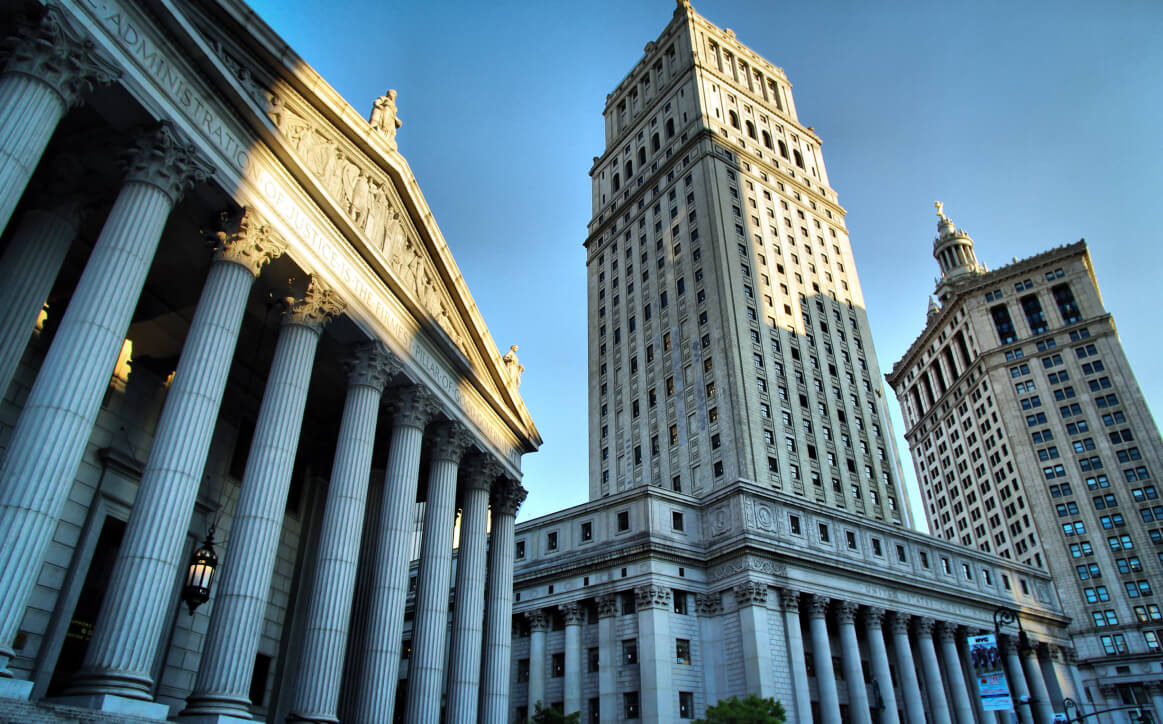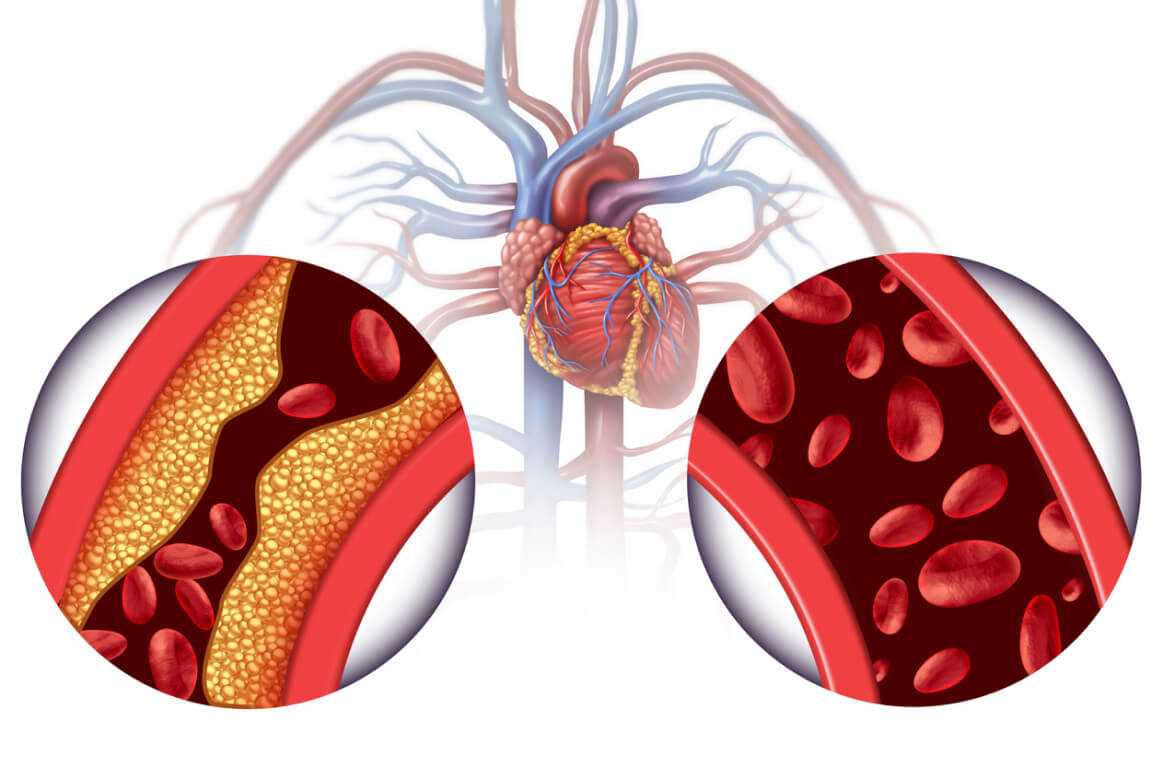Uber, Lyft and other ridesharing companies have transformed urban travel. Yet as significant as the emergence of ridesharing has been, it pales in comparison to the next transportation revolution: Aerial ridesharing.
With traffic congestion and long commutes plaguing New York City, San Francisco and other major metropolitan areas, Uber is looking toward the sky to help make transportation faster and smoother.
In 2018, the company announced it had created a plan to deploy a fleet of air taxis by the year 2023. In addition to providing short haul flights to aerial ridesharing consumers, the UberAir division will also enable home delivery of consumer goods, meals and virtually anything that can be delivered via the road.
Uber’s planned aerial taxis won’t necessarily look much like conventional planes or cars. Many of the early prototypes resemble small helicopters.
Uber maintains that aerial ridesharing will not only ease traffic congestion, it will also be cheaper than the cost of owning a car.
Yet one question remains to be answered: Aerial ridesharing may be faster than ground transport, but is it safer?
Aerial Ridesharing Safety Issues
While aerial taxis may offer many advantages over cars, they also require a few things that road vehicles don’t: Namely, air traffic control and skyports. As with any airplane or helicopter, aerial taxis will need to be routed by air traffic control systems to ensure there are no mid-air collisions.
Additionally, it’s not going to be feasible (at least not in the near term future) for aerial taxis to pick people up outside their homes. Aerial taxi passengers will need to load and offload at strategically placed skyports — elevated buildings that will serve as a combination between a helicopter landing pad and a mini-airport.
Integrating air mobility into crowded urban landscapes is a difficult engineering problem and safety challenge, requiring an extreme degree of complex coordination.
Uber has been working with a variety of companies and agencies (including Boeing and NASA) in an effort to address potential safety concerns.
Regulators are watching closely. Federal Aviation Administration Chief Dan Elwell called aerial ridesharing one of the most exciting aviation innovations “since the Wright brothers.” Yet he also made pointed comments about safety when speaking to Uber executives at a recent Uber Elevate conference. Addressing the issue of safety, Elwell said:
“Everyone is riveted by this. But then I put on my FAA regulator hat and now I’ve got a whole new bucket of stuff to keep me awake at night.
“You see the ideal way of transporting people across cities. I see car-sized vehicles with multiple rotors hanging over families out walking their dogs.”
Elwell added that his agency is excited to help usher in a new age of aviation innovation, but only if it can be “safely brought into an urban environment.”
How the Law Protects You From Unsafe Travel Operations
At Frankel Law, we help New Yorkers receive fair and just compensation after being injured in ridesharing accidents. We can be contacted at (212) 888-5100 or at www.frankellawfirm.com.
We welcome your legal questions for topically relevant articles in the future. Feel free to compose a question – it may be addressed in future articles. Email Question
Free Case Evaluation
Fill Out The Form Below To Find Out If You Have A Case.
Thank you for contacting us. One of our colleagues will get back to you shortly.



